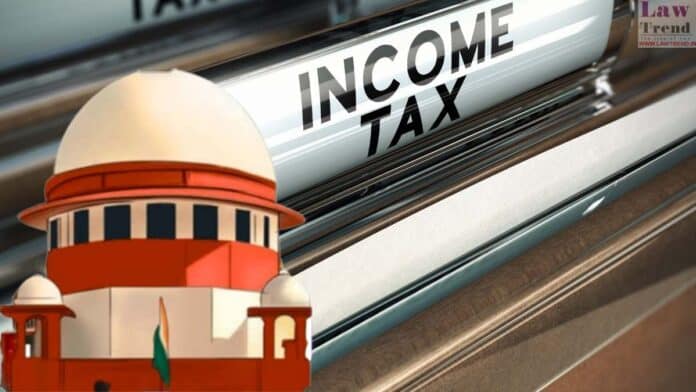The Supreme Court of India, in a significant ruling on motor accident compensation, has set aside a Delhi High Court judgment, clarifying that Income Tax Returns (ITRs) are credible evidence for determining income, but do not automatically justify an award for future prospects if the claimant’s business is ongoing. The bench, comprising Justice J.K. Maheshwari
To Read More Please Subscribe to VIP Membership for Unlimited Access to All the Articles, Download Available Copies of Judgments/Order, Acess to Central/State Bare Acts, Advertisement Free Content, Access to More than 4000 Legal Drafts( Readymade Editable Formats of Suits, Petitions, Writs, Legal Notices, Divorce Petitions, 138 Notices, Bail Applications etc.) in Hindi and English.




